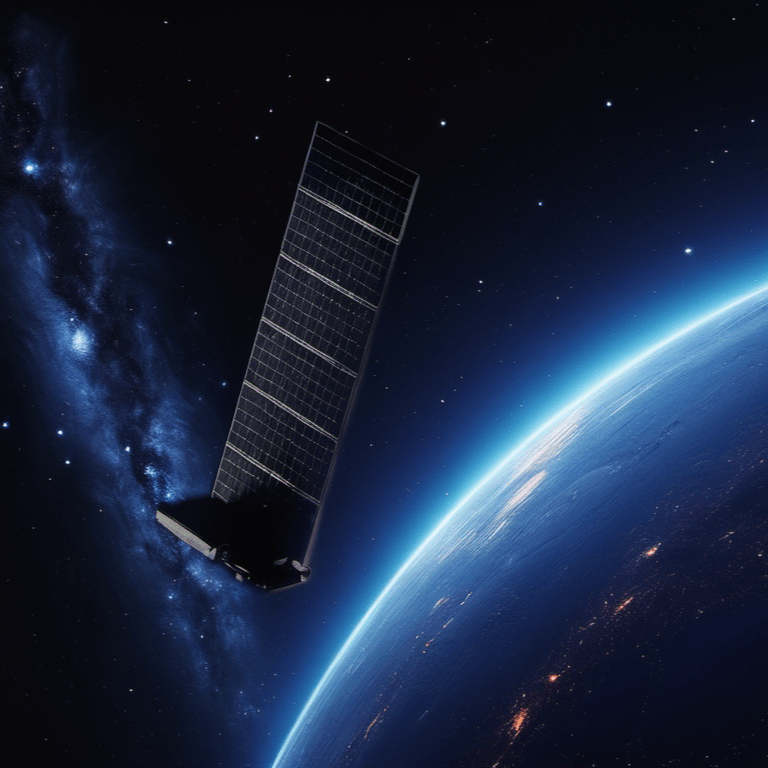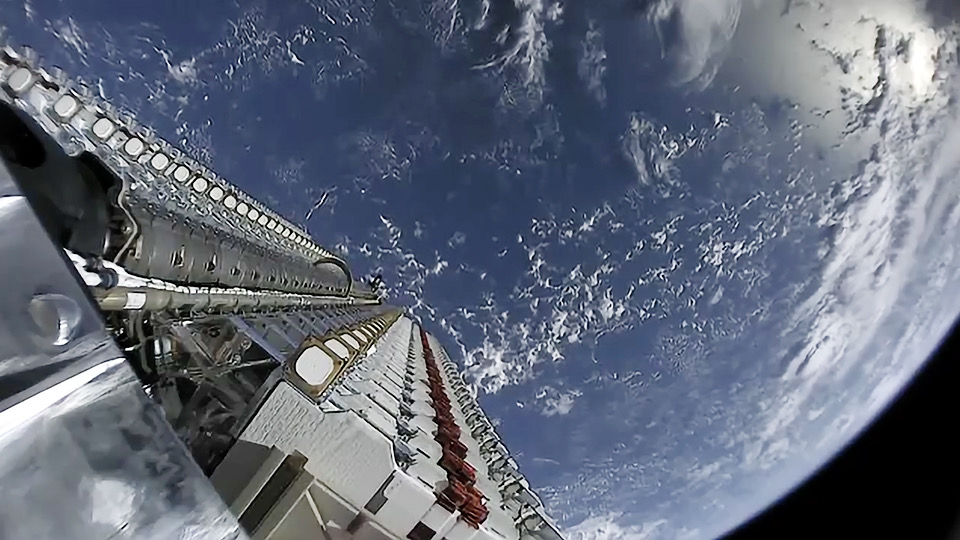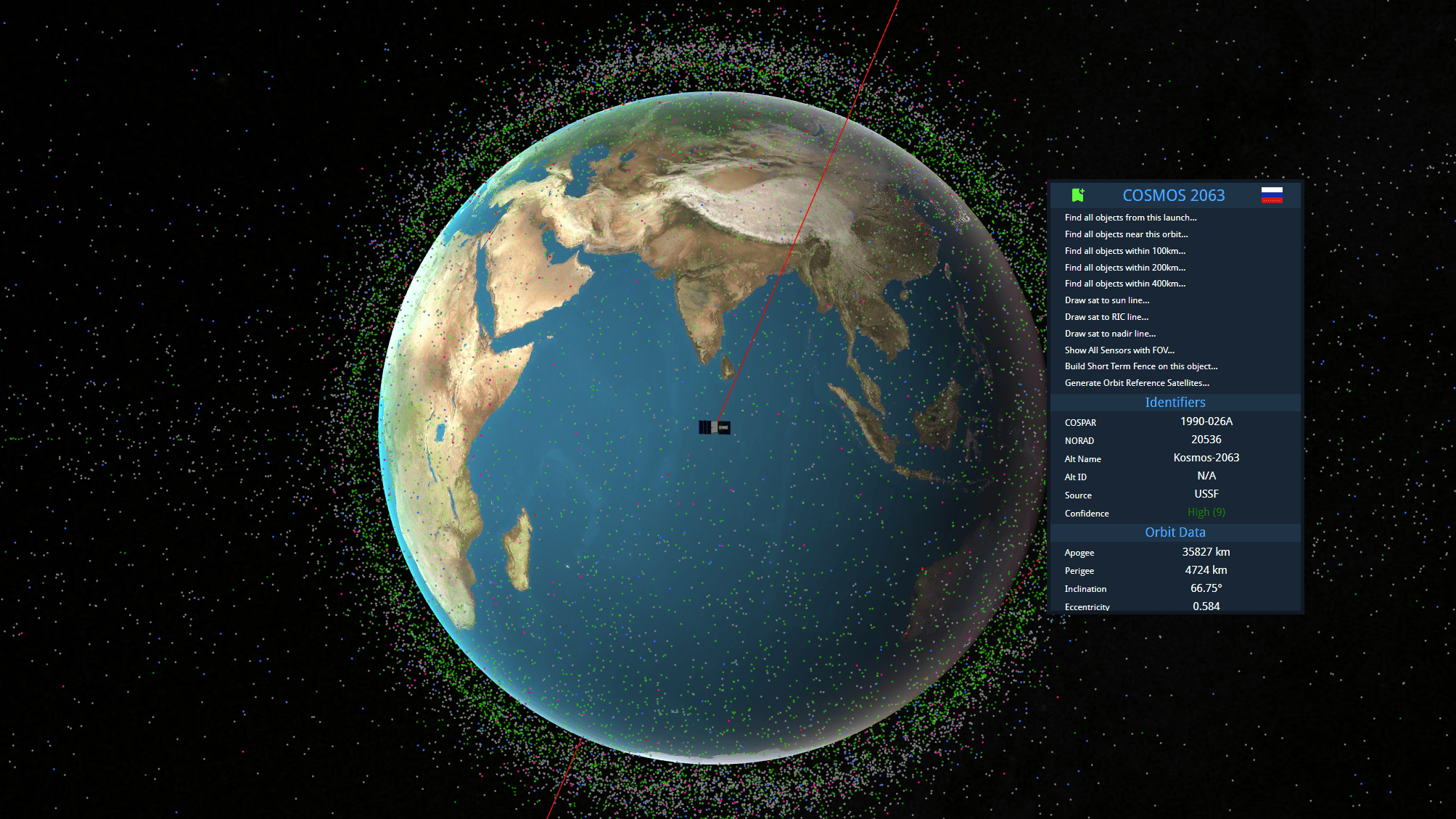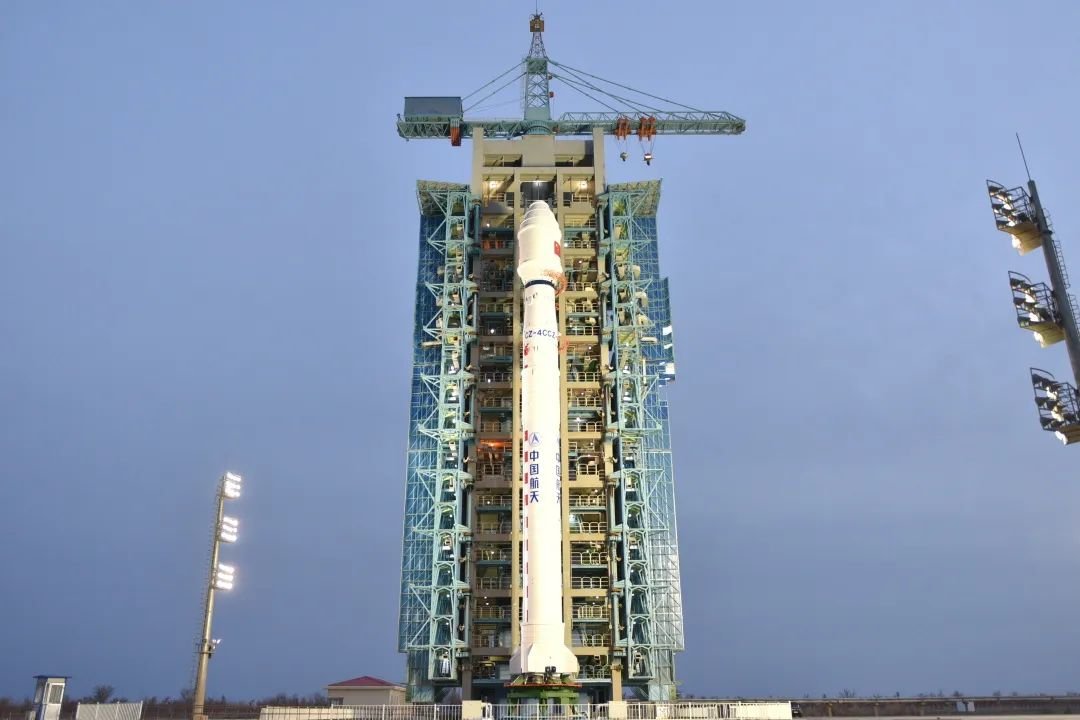· space brief · 4 min read
Space Brief 5 Nov 2024
Today's highlights include SpaceX's Dragon cargo mission to the ISS, the first wooden satellite launch, and updates on NASA's Voyager mission. Additionally, the Space Force's X-37B space plane showcases unique aerobraking strategies.
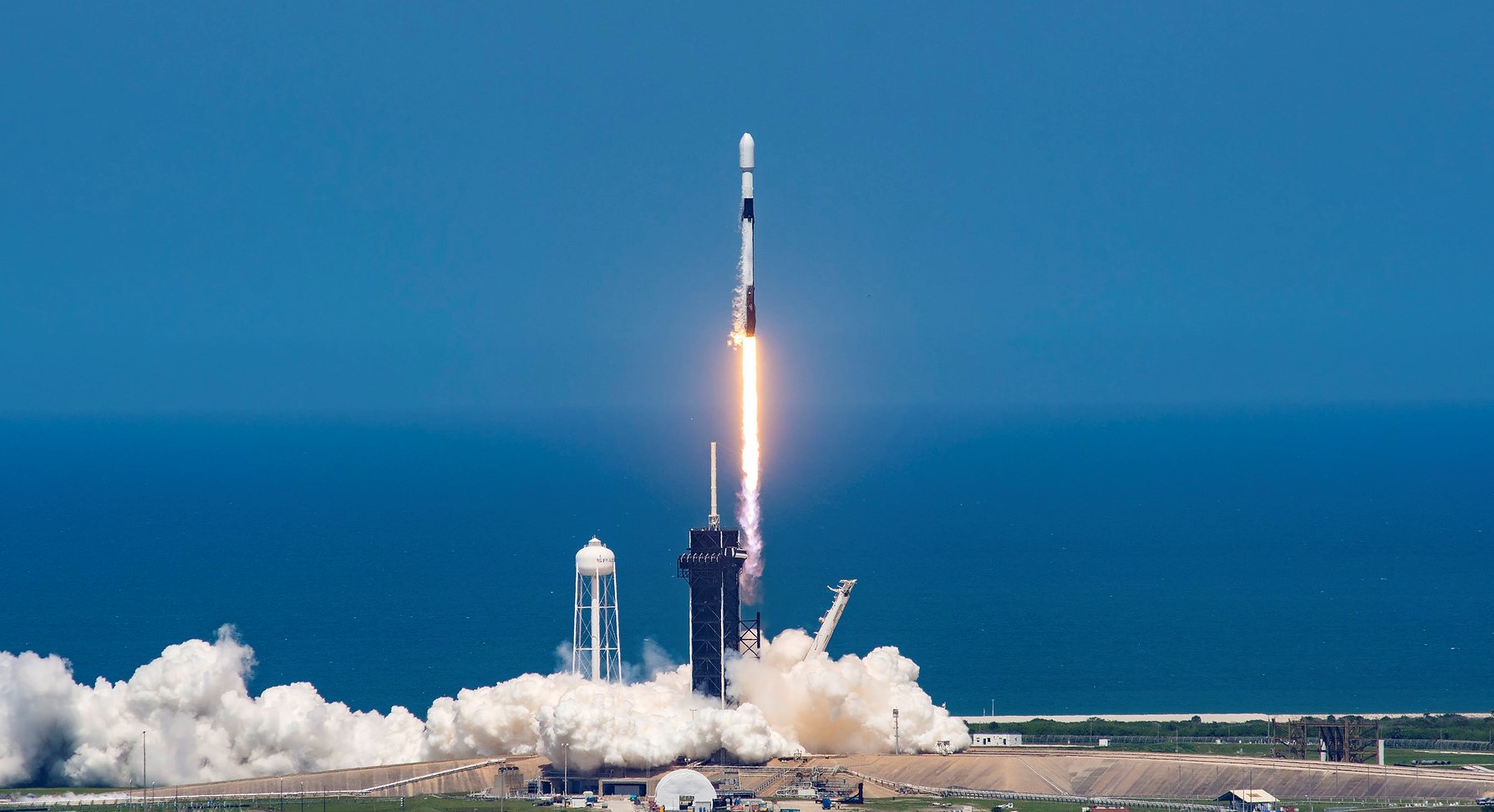
📄Top Stories
SpaceX’s Dragon spacecraft docks with the ISS as part of a resupply mission. The world’s first wooden satellite is launched, exhibiting new materials in space technology. NASA’s Voyager probes, operating since the 1970s, continue to explore interstellar space, highlighting engineering longevity. The U.S. Space Force’s X-37B space plane undertakes novel aerobraking maneuvers for orbit adjustments.
📰Detailed Coverage
SpaceX Dragon Resupply to ISS
Today, SpaceX’s Dragon cargo spacecraft docked at the International Space Station, delivering over 6,000 pounds of supplies, including scientific experiments. This marks the 31st commercial resupply mission for SpaceX, carrying experiments on solar wind and effects of microgravity on plant growth.
This mission illustrates SpaceX’s critical role in maintaining the ISS’s operational capabilities, showcasing the significance of regular resupply missions in supporting human and scientific endeavors in orbit. Watch the docking event: Space.com
World’s First Wooden Satellite Launched
Japanese developers announced the successful launch of the first wooden satellite aboard a SpaceX rocket. Integrated into a resupply mission to the ISS, this satellite aims to test the durability and performance of wood in the harsh conditions of space.
The wooden satellite serves as a novel experiment in material sciences, potentially opening new pathways for sustainable satellite construction. Learn more here: Phys.org
Voyager Mission Continues Interstellar Journey
NASA’s Voyager probes, launched in the 1970s, continue their groundbreaking interstellar missions. Built with redundancy and resilience, these spacecraft manage to operate beyond the heliosphere, offering insights into interstellar space and solar wind interaction.
These longstanding missions exemplify engineering durability and adaptability, inspiring space enthusiasts and professionals committed to long-duration space exploration. Delve into the mission’s history: NASA
X-37B Space Plane’s Aerobraking Maneuver
The U.S. Space Force’s X-37B space plane is using aerobraking to lower its orbit, a maneuver that reduces propellant use by employing atmospheric drag. This innovative technique enables safe hardware disposal and exemplifies advancements in orbital maneuverability.
This tactic underscores evolving methods in satellite orbit adjustments, supporting continued momentum in satellite tracking efficiency and sustainability. Read more about the maneuver: Space.com
🛰️Satellite Spotlight
- Satellite Name: Jilin-1 GaoFen 03D 17 xing
- NORAD ID: 51838
- Launch Date: 2022
- Mission: Jilin-1 GaoFen 03D 17 is part of a high-resolution Earth observation satellite system, offering detailed imagery for various applications including environmental monitoring and urban planning.
- Orbit: Inclination: 97.4217°, Period: 93.653 minutes, Eccentricity: Not specified
- Operator: Chang Guang Satellite Technology Ltd
- Fun Fact: This satellite is part of China’s rapid expansion in commercial satellite imaging, providing quick access to high-resolution data internationally.
Current TLE Data:
1 51838U 22019Q 24305.51633023 .00064389 00000-0 17330-2 0 99992
2 51838 97.4217 20.5179 0009677 109.8124 250.4164 15.37586128148309
Track this satellite in real-time on our web app: Track Jilin-1 GaoFen 03D 17 xing
🚀Upcoming Space Launches
November 5
- Rocket Lab Electron:
- Changes In Latitudes, Changes In Attitudes from Rocket Lab Launch Complex 1, Mahia Peninsula, New Zealand (10:54 UTC) Launch of a yet to identified satellite to SSO for an undisclosed customer. The customer is suspected to be Low Earth Orbit communication satellite constellation operator E-Space.
November 6
- SpaceX Falcon 9:
- Starlink Group 6-77 from Cape Canaveral Space Force Station, FL, USA (20:39 UTC) A batch of 23 satellites for the Starlink mega-constellation - SpaceX’s project for space-based Internet communication system.
November 7
- CAS Space Kinetica 1:
- Unknown Payload from Jiuquan Satellite Launch Center, People’s Republic of China (03:54 UTC)
- SpaceX Falcon 9:
- Starlink Group 9-10 from Vandenberg Space Force Base, CA, USA (07:00 UTC) A batch of satellites for the Starlink mega-constellation - SpaceX’s project for space-based Internet communication system.
- SpaceX Falcon 9:
- Starlink Group 6-69 from Cape Canaveral Space Force Station, FL, USA (22:46 UTC) A batch of satellites for the Starlink mega-constellation - SpaceX’s project for space-based Internet communication system.
November 9
- China Aerospace Science and Technology Corporation Long March 2C:
- Unknown Payload from Jiuquan Satellite Launch Center, People’s Republic of China (03:29 UTC)
November 11
- SpaceX Falcon 9:
- Starlink Group 6-68 from Cape Canaveral Space Force Station, FL, USA (11:52 UTC) A batch of satellites for the Starlink mega-constellation - SpaceX’s project for space-based Internet communication system.
- SpaceX Falcon 9:
- Koreasat 6A from Kennedy Space Center, FL, USA (17:07 UTC) The Koreasat 6A spacecraft, built by Thales Alenia Space, will have 20 transponders for fixed satellite services and six for TV broadcasting to replace the Koreasat 6 launched in 2010.
Note: Launch dates and times are subject to change due to technical or weather considerations.


